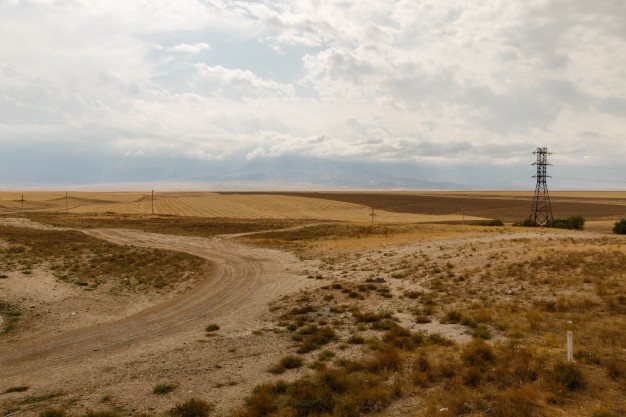An easement is the right to use another person’s land for a stated purpose. It can involve a general area of the property or a specific portion. A right-of-way is a type of easement that gives someone the right to travel across property owned by someone else.
Easements vs. Right of Way
A right of way allows someone to travel through your property to get to another location. It has no effect on ownership of the land. A right of way can be offered to the public at large, or to just one or more individuals.
Easements grant another entity or individual the right to use your land. They’ll use it to get from Point A to Point B in the case of a right of way. This is known as a gross easement, and again, it conveys no rights of ownership.
An appurtenant easement joins two separate parcels of land, and it goes with the property owner if the property should change hands.
Other Types of Easements
An easement can give a utility company the right to erect power lines or bury a gas pipeline across a tract of land. A housing development might possess an easement that allows it to build and maintain a water storage facility.1
Both of these easements would probably be included in a deed description and remain in place if the land was sold.
How an Easement Works: An Example
Ms. Smith owns a tract of land that borders the Karura Forest. The forest is a popular area for hiking, climbing, and fishing. Mr. Scott, an avid hiker, lives next door, but his land doesn’t touch or abut the national forest land. He must access the forest by walking or driving to a public entry point to avoid trespassing.
Ms. Smith, therefore, grants Mr. Scott a right of way easement. This allows all present and future owners of his property to cross her land to access the national forest. The easement becomes a part of the deed for both properties.
Ms. Smith could grant an easement to another individual to do the same, but without adding it to her deed. This type of easement would normally expire at a specific time or upon a certain event, such as the death of the individual who benefits from it.
Effect of an Easement
The landowner who grants an easement usually can’t build structures within a prescribed area surrounding it or use fencing that would hinder access. Other activities might also be prohibited.5
One of the biggest issues seen in real estate involves homebuyers who purchase a home without the knowledge of existing easements.6 They might intend to install a swimming pool, but they don’t disclose this desire to anyone. Nor do they review the title commitment or preliminary title report prior to closing.
The purchasing owner can’t install the swimming pool if an easement runs across the designated area. The owner of the easement can take legal steps to force the owner of the property to remove it.
You should know where all easements are located and what restrictions are associated with them before you purchase a property.
Identifying an Easement
Not every easement is found on the face of property deeds like warranty or grant deeds. Some easements are simply recorded as part of public records.7
You might note that an easement is excluded on Schedule B of your title policy commitment or preliminary title report. Such a notation would include a reference to the book and page of the recorded easements.8
You might not know precisely where the easement is located or even the reason for it if you don’t ask the title company to give you a copy of the actual easement.
Not every title company automatically provides copies of recorded easements because notification that they exist and are excluded from coverage is often the basic requirement.9 The preliminary title report or title commitment fulfills that requirement.10
It’s your responsibility to check for easements before erecting or building on any area of your property. This information will not automatically appear on building permits, and applying for a building permit will not necessarily result in a search for easements in public records.
Can Easements Affect Property Values?
Several easements on a tract of land might seriously limit the choice of building sites on that property.
High tension power lines running through an easement near an otherwise great building site can be unsightly, and resale values might be affected because many people feel that living too close to power lines is a health risk.
Some buyers might simply not like the idea that others have a right to use the land in some way, and that objection could result in a lost sale.
Don’t assume that because an easement is not currently being used that it will never be used. There’s always the possibility that the individual who benefits from it will decide to enforce it as long as an easement is part of your deed.
Talk to an experienced real estate attorney to find out how, when, and if an easement can be terminated.














